Resources - Fact Sheets
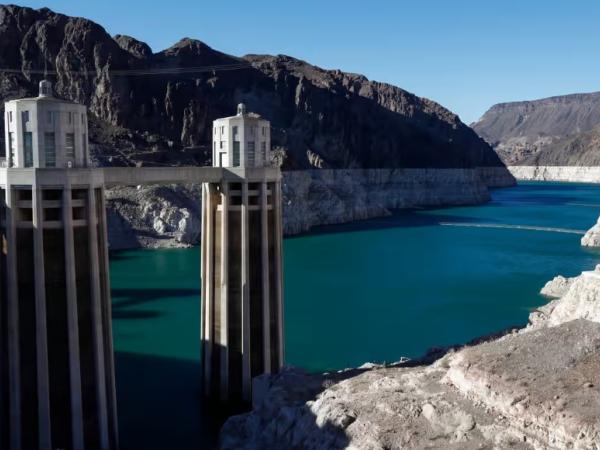
Arizona Guide to the Expiration of the 2007 Operating Guidelines for Lakes Powell and Mead
In response to drought and declining reservoir levels, in 2007 the seven states that share Colorado River water agreed to new guidelines for managing the system; the guidelines and additional measures will expire in…

Annual Water Supply and Demand Estimates
Arizona Department of Water Resources supply and demand assessments of each groundwater basin in the state to improve understanding of the current and future water conditions throughout the state. …
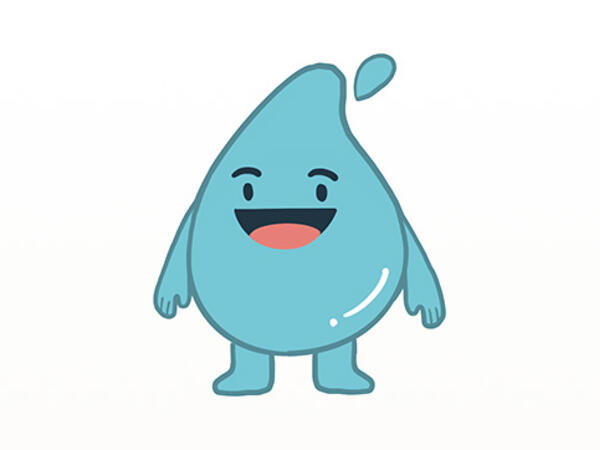
Using the Arizona Water Chatbot
The Arizona Water Chatbot (informally, AZ Waterbot) is an AI-powered chatbot developed by the Arizona Water Innovation Initiative that delivers information about water management, water conservation and drought to…
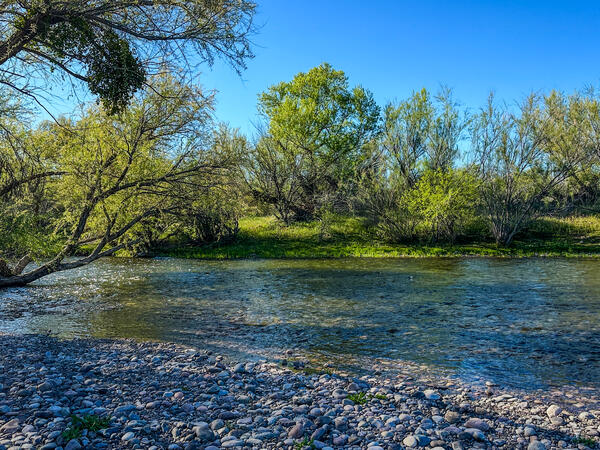
Yavapai-Apache Nation Water Rights Settlement Agreement
The Yavapai-Apache Nation Water Rights Settlement Agreement is a landmark agreement that would settle the Tribe's longstanding water rights claim in the Verde River watershed. Learn more in this explainer from the Kyl…
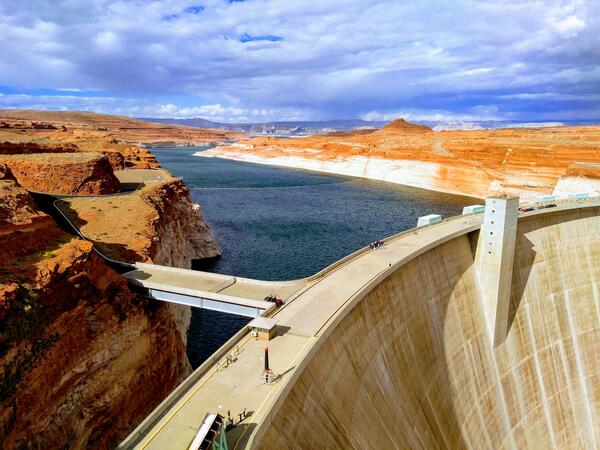
The Northeastern Arizona Indian Water Rights Settlement Agreement
The Navajo Nation, Hopi Tribe and San Juan Southern Paiute Tribe approved the proposed Northeastern Arizona Indian Water Rights Settlement Agreement. Learn more in this explainer from the Kyl Center for Water Policy and…
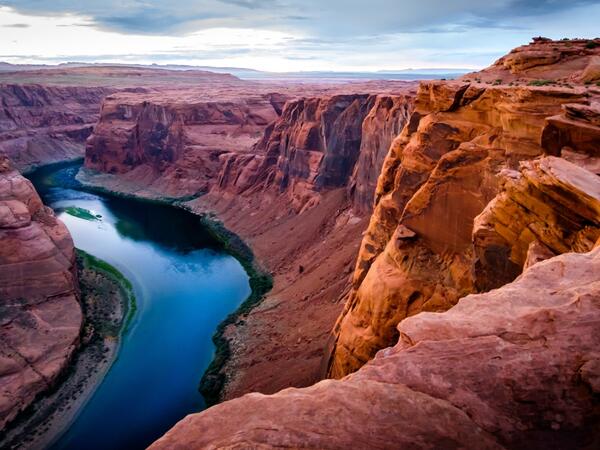
The Colorado River Shortage and What it Means
Most Arizonans’ primary relationship to water is when it comes out the tap in their kitchen or rains down on them from their shower. So it’s only natural that most Arizonans’ primary question about the Colorado River…
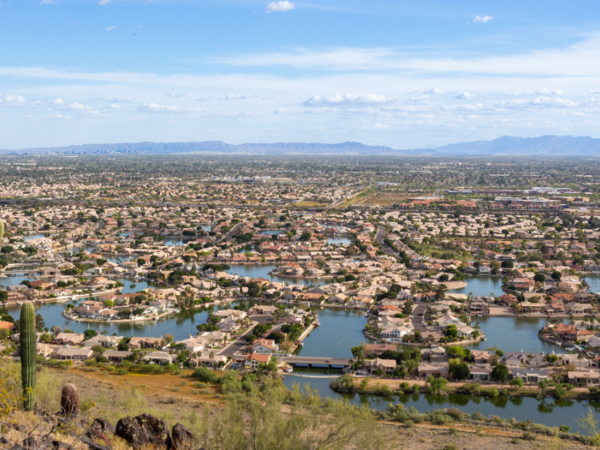
Untangling Housing Affordability & Groundwater Regulation
To ensure long-term water supplies for current residents, the state has imposed limitations on some new housing subdivisions and other types of development. While the new limitations may increase the costs of new homes in…
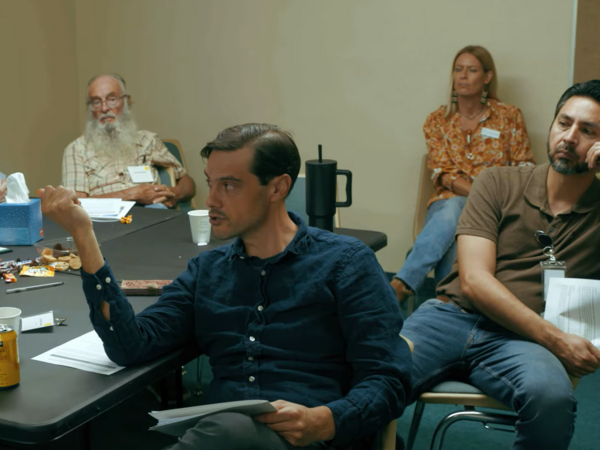
New federal PFAS rule
An explainer from the Arizona Water Innovation Initiative on the new federal regulation for PFAS in drinking water due to prevalence in surface or ground waters.
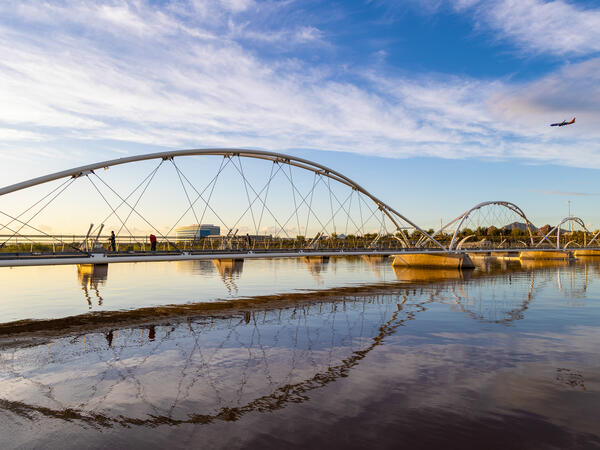
Arizona Water Factsheets
These county-level factsheets from the University of Arizona's Water Resources Research Center are designed to answer common questions about water resources, tailored to every county in Arizona so as to foster…
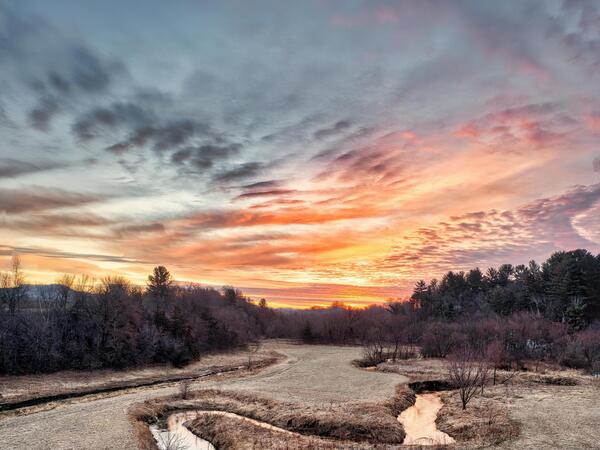
Tribal Water Policy
In recognition of the unique sovereignty and water rights of Tribal nations, a program from the Kyl Center for Water Policy and the Arizona Water Innovation Initiative aims foster collaboration and broader understanding…